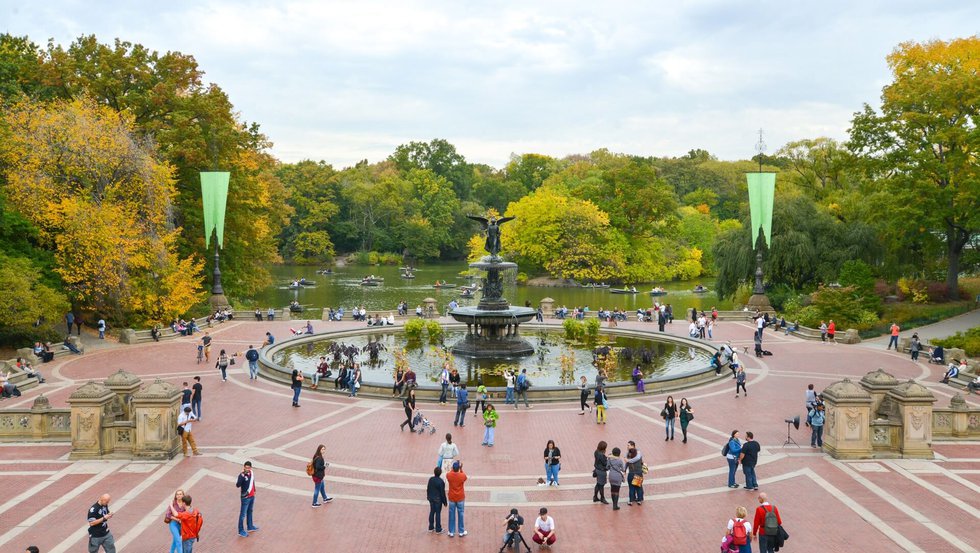The popularity of Central Park may begin to demonstrate the transformative power of the natural world. It is not only the birds on display but also the park itself that feeds humanity’s love for the natural world. Parks and gardens also benefit humans, providing what Timothy Beatley calls biophilic urbanism. As Central Park’s architect Frederick Law Olmsted’s claimed, “It is a scientific fact that the occasional contemplation of natural scenes of an impressive character is favorable to the health and vigor of men.”Drawing on E. O. Wilson’s notion of biophilia, biologists Bjørn Grinde and Grete Grindal Patil assert, “Humans have an inherent inclination to affiliate with Nature [and] an affection for plants and other living things.”
This affiliation with the natural world provides “social, psychological, pedagogical, and other benefits,” according to Beatley (211), even in urban areas. Beatley asserts “the nature present in dense, compact cities (such as a rooftop garden, an empty lot, a planted median) … can have restorative benefits” (212). These benefits come to life in documentary and feature films with gardens and parks at their center.
Most films illustrating biophilic urbanism focus on how nature improves human wellbeing. For example, documentaries exploring Central Park primarily highlight how well the park serves its human visitors. Frederick Wiseman’s Central Park(1990) takes a direct cinema approach to the park to reveal how well the park fulfills Olmsted’s mission to bring the benefits of country estates to the masses. As L.A. Times critic Robert Koeller suggests, Central Park“is a fine medium for understanding New York itself, how it needs the park and how the park means different things to different people.” The park benefits people of all races, classes, genders, and sexualities, but nonhuman nature is barely mentioned in the documentary. The Olmsted Legacy: America’s Urban Parks(2011) draws on voiceover and archival photographs and footage to illustrate the scope of Olmsted’s mission to democratize urban parks and improve humanity’s vigor.


/cdn.vox-cdn.com/uploads/chorus_image/image/55997615/shutterstock_384332770.0.jpg)
No comments:
Post a Comment